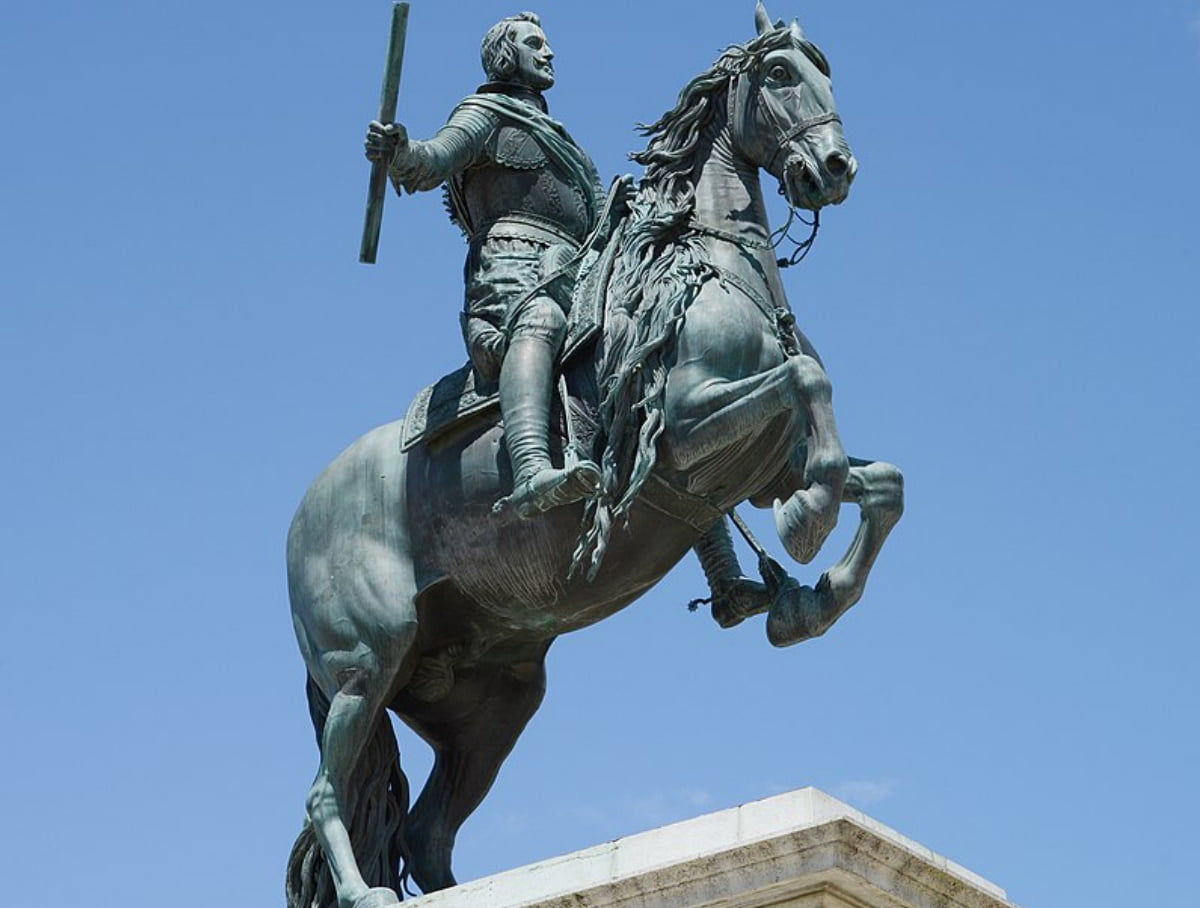According to popular theory, the number of supporting legs on equestrian statues traditionally depends on how their riders lost their lives. We checked how plausible this theory is.
As urban legend goes, if a horse in a statue of its rider has both front legs raised, it means the man died in battle. If the horse has only one leg raised, it means that the person died from wounds received in battle. If the horse has all four legs on the ground, then the person died of natural causes.
This sculptural tradition is reported in resources such as "Rosbalt", QuizzClub.com, some periodicals, various services answers to questions, as well as numerous tour guides. The legend is also popular West.
The reader may immediately have a question: what about “Bronze Horseman"? The most famous equestrian statue of Russia clearly does not correspond to the popular theory - Peter I, as counts, died in the Winter Palace from illness. However, supporters of the theory may have their own arguments: firstly, this is one separate monument, and secondly, it was erected quite a long time ago, in 1782, when the rule might not have worked yet.
The issue could be resolved by mentioning the rule in serious publications devoted to art and, in particular, sculpture. However, neither we nor our predecessors were able to find anything like this there. Edition "Rosbalt" refers to a certain publication on the YoRead portal, which allegedly talks about a pattern found by British scientists based on a study of 40,000 equestrian statues from Ancient Rome to the present day. Only today the article was deleted from the above-mentioned portal, and there are no traces of the original research. It seems extremely unlikely that a global tradition, if it actually existed, could be passed on from master to master for centuries and millennia without any fixation in written sources.
It must be said that not only ordinary citizens believe in the legend. So, in 1971 in New Orleans arose mini-scandal regarding the “wrong” position of a horse’s legs on one of the local monuments, and the “mistake” was confirmed by the former mayor of the city, Victor Shiro. However, he did not provide any serious arguments for this.
In 1982, a reputable American newspaper became interested in the issue. The Washington Post. It is believed that there are more equestrian statues in the US capital than in any other city in the world - as many as three dozen. And if you look at the monuments of the generals Granta, Sheridan or Sherman, then the theory seems to work: all three died in peacetime, and their horses are with all four hooves on the ground:

But if we look at the monument to the Latin American revolutionary Simon Bolivar, as well as monuments to US presidents George Washington And Andrew Jackson, then we will see a contradiction - all three also died a natural death, but at least one hoof of their horses is in the air:

In total, as journalists calculated, out of 30 Washington statues, only ten, that is, one third, correspond to the theory. If we consider that the rule describes three positions of the horse’s legs (one, two and four hooves on the ground), then in the general case the probability of an accidental hit is the same 33%. And if we also take into account that equestrian monuments with four supporting legs are easier to design, and that the majority of people died by natural causes, then the likelihood of a coincidence increases.
In 1989, the legend was addressed in a popular question and answer column The Straight Dope. The authors studied two dozen equestrian monuments, but this time not only American ones, but scattered all over the world. The result was disappointing: about half of the figures did not correspond to the theory. Journalists contacted US Army Center of Military History, where they confirmed that such a tradition never existed. They deny it in Virginia Historical Society. At the same time, many sources cite statues of participants as an example in favor of the theory Battle of Gettysburg. However, even there we can talk about only six separate equestrian figures (out of about 500), and the horse of the deceased General John Reynolds had one front and one hind leg raised. Perhaps this very small sample gave rise to the famous legend. Note that it debunked back in the American collection of popular misconceptions, published back in 1923. And no serious arguments in its favor have appeared since then.
Not true
Read on topic:
1. In statues, does the number of feet the horse has off the ground indicate the fate of the rider?
2. The way a soldier’s horse is portrayed in an equestrian statue has nothing do do with how the soldier died
3. Equestrian Statue Code
If you find a spelling or grammatical error, please let us know by highlighting the error text and clicking Ctrl+Enter.







